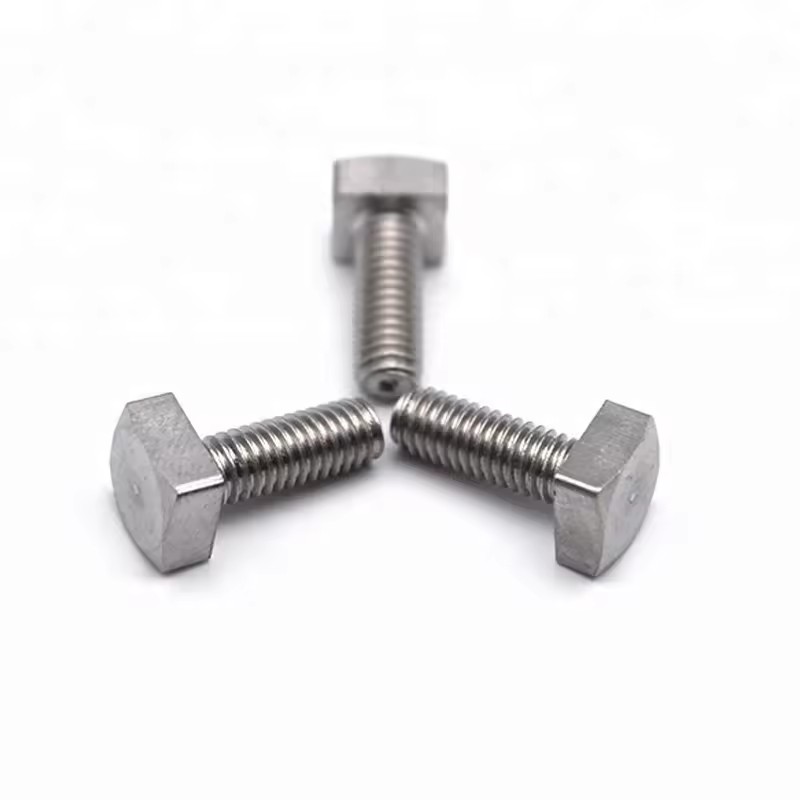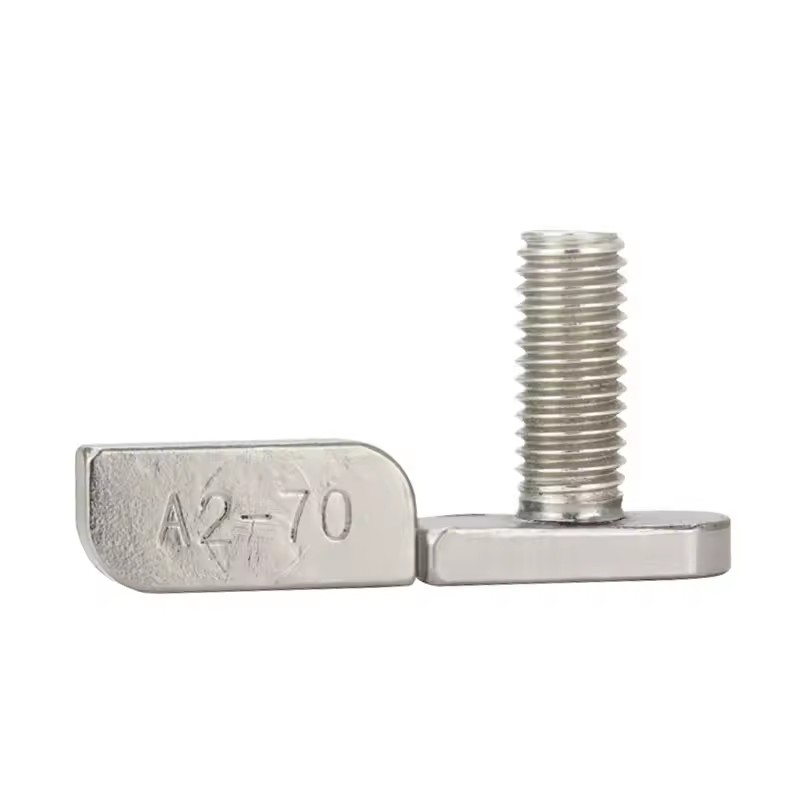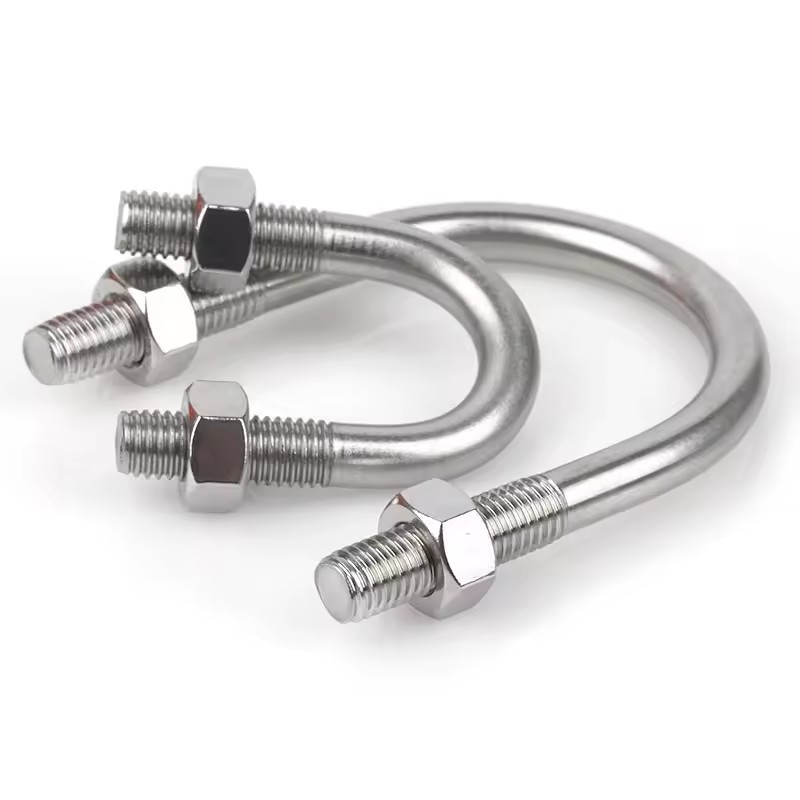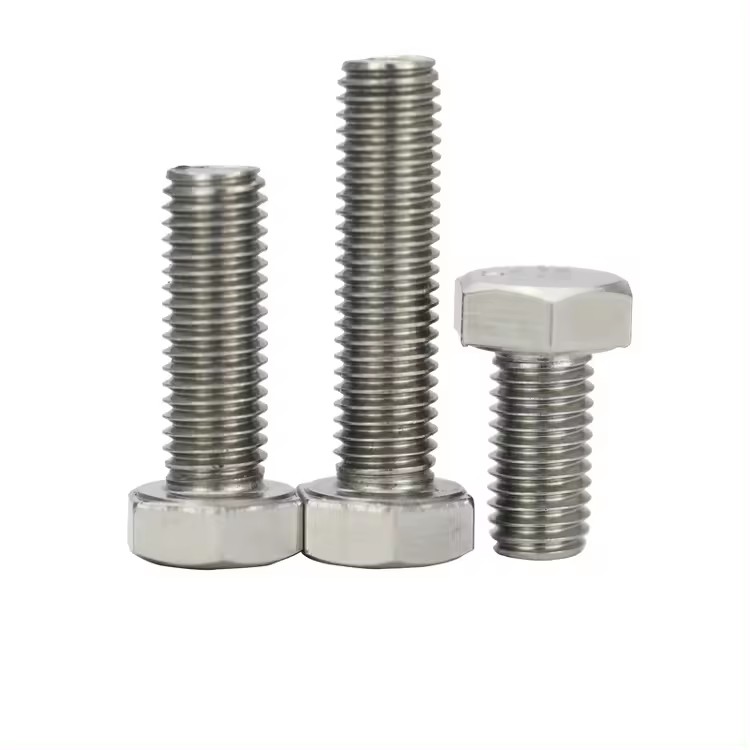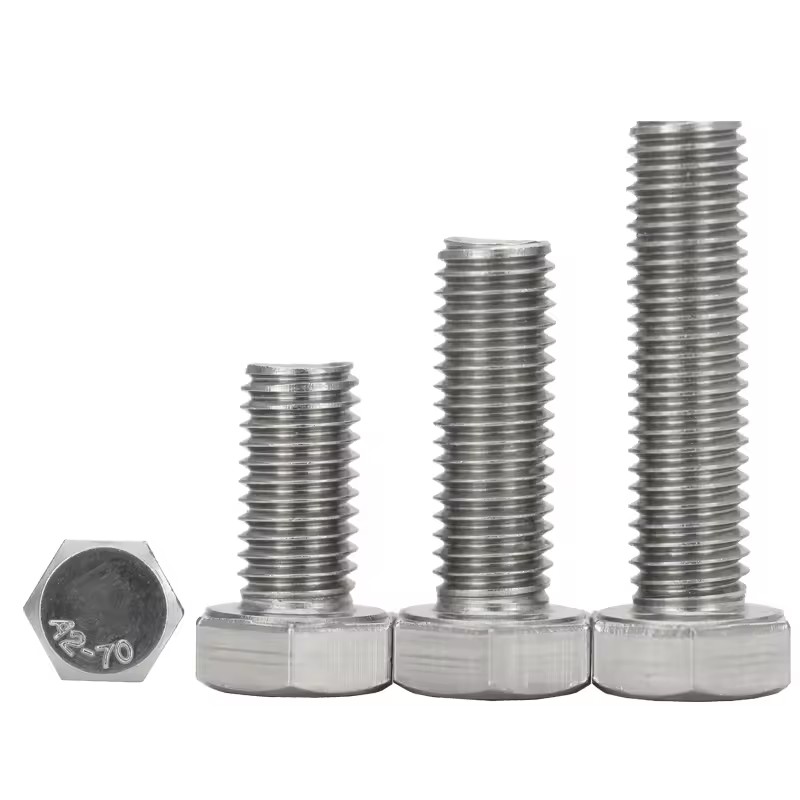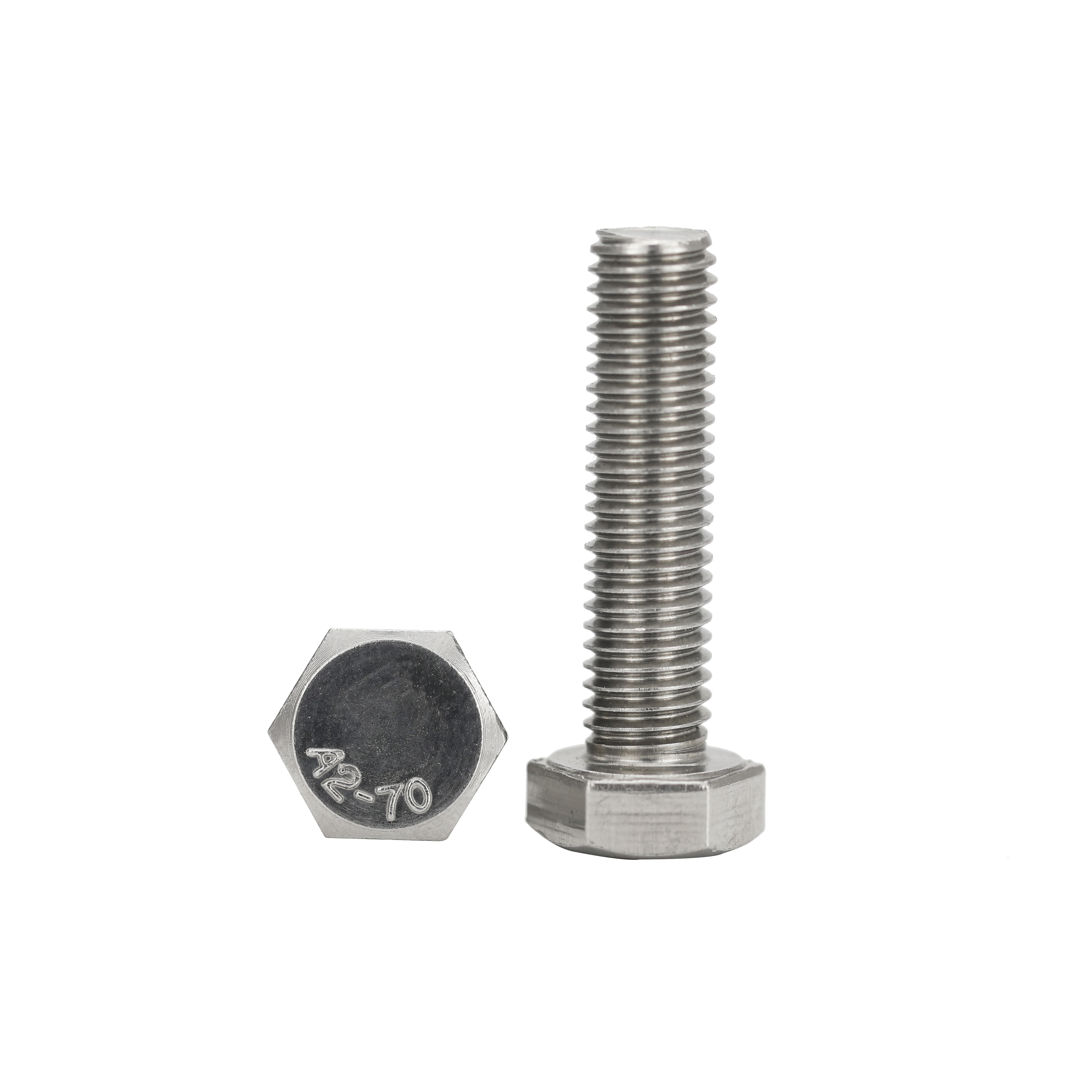When it comes to construction and engineering, the choice of anchoring systems is crucial for ensuring safety and longevity. Stainless steel undercut anchors are widely favored for their strength and durability. However, their performance can be significantly influenced by various environmental conditions.
Temperature Variations: The Heat is On!
Temperature fluctuations can have a profound effect on the performance of stainless steel undercut anchors. High temperatures can lead to thermal expansion, which may alter the tension and compression loads on the anchor. Conversely, extremely low temperatures can increase the brittleness of stainless steel, making it more susceptible to fracture under stress.
According to a study by the American Concrete Institute, stainless steel maintains its strength up to approximately 150°C (300°F) but can begin to lose structural integrity beyond that threshold. Additionally, temperature impacts the curing process of concrete, which can affect the bond strength of the anchor. Therefore, it’s vital to consider the temperature range in which the anchors will be installed and used.
Humidity and Moisture: The Silent Saboteurs
Humidity is another critical environmental factor that can impact the performance of stainless steel undercut anchors. High humidity levels can lead to increased moisture exposure, which, combined with oxygen, can initiate the corrosive process known as pitting. This localized corrosion can weaken the anchor over time, reducing its load-bearing capacity.
A report from the National Association of Corrosion Engineers highlights that stainless steel, while more resistant to corrosion than other metals, is not immune to the effects of humidity. Environments with 70% or higher humidity levels are particularly risky. Therefore, when installing undercut anchors in such conditions, it’s wise to consider using a higher grade of stainless steel, such as 316, which offers superior corrosion resistance.

Chemical Exposure: The Devil in Disguise
The presence of chemicals in the environment can dramatically affect the longevity and performance of stainless steel undercut anchors. For instance, exposure to chlorides—often found in de-icing salts or seawater—can accelerate corrosion and compromise the integrity of the anchor.
A study by the International Stainless Steel Forum indicates that stainless steel can withstand certain chemicals, but prolonged exposure to aggressive environments can lead to stress corrosion cracking. This phenomenon is especially critical in coastal areas or regions where de-icing agents are frequently used. To mitigate these risks, it’s essential to conduct a thorough environmental assessment and select appropriate protective coatings or alternative anchor materials when necessary.
While stainless steel undercut anchors provide exceptional strength and durability, their performance can be significantly affected by environmental conditions. Temperature variations, humidity levels, and chemical exposure are key factors that must be considered during the selection and installation process. By understanding these influences, engineers and contractors can make informed decisions to ensure the longevity and safety of their anchoring systems. Remember, a little forethought can save a lot of headaches down the line!




